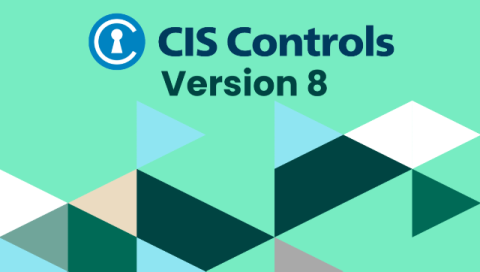A Snapshot of Cyber Threats: Highlights from the ENISA Threat Landscape 2024 Report
Understanding the threats we face is crucial to protecting against them. Industry research and reports are invaluable to this understanding, providing insights to inform mitigation efforts. Few cybersecurity reports are as valuable or comprehensive as the annual ENISA Threat Landscape Report (ETL).



